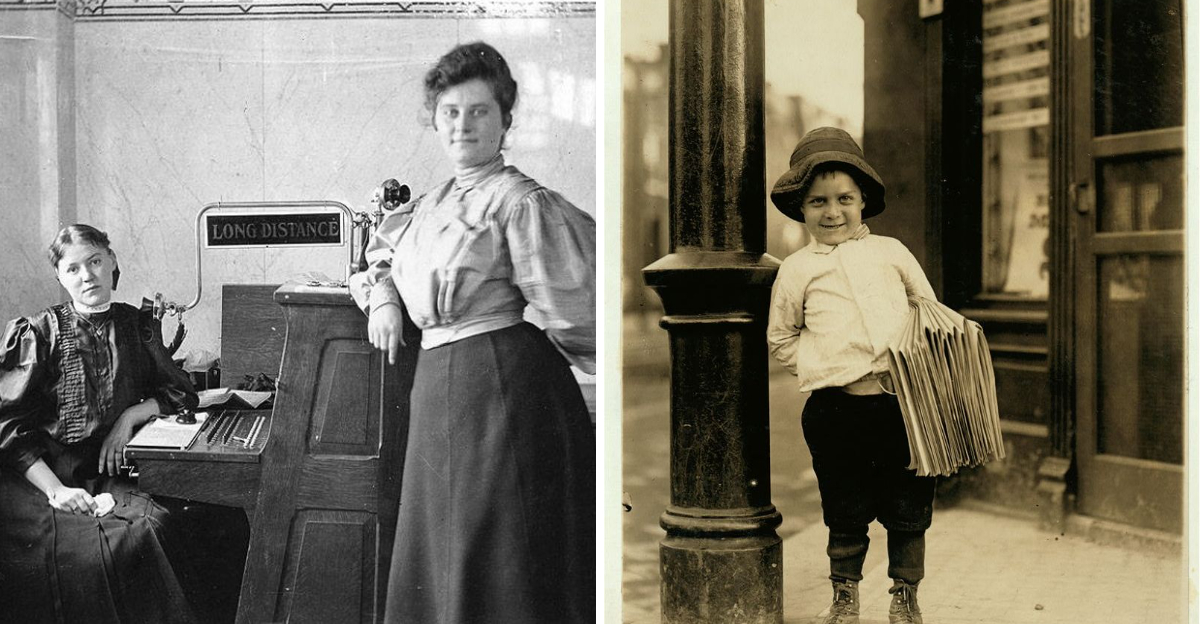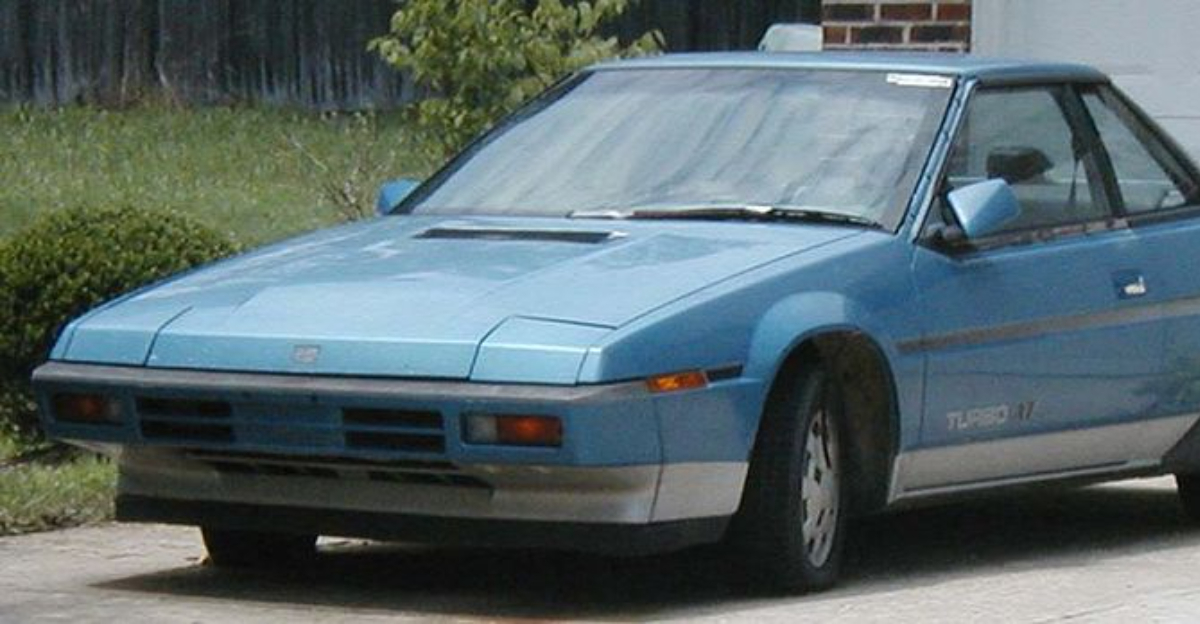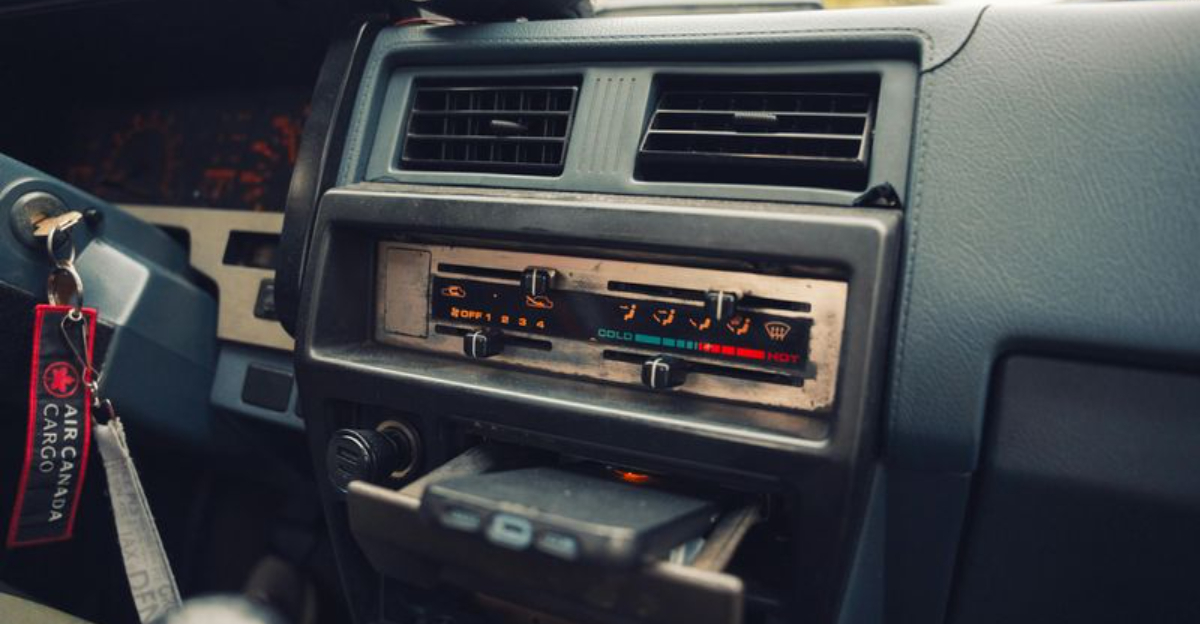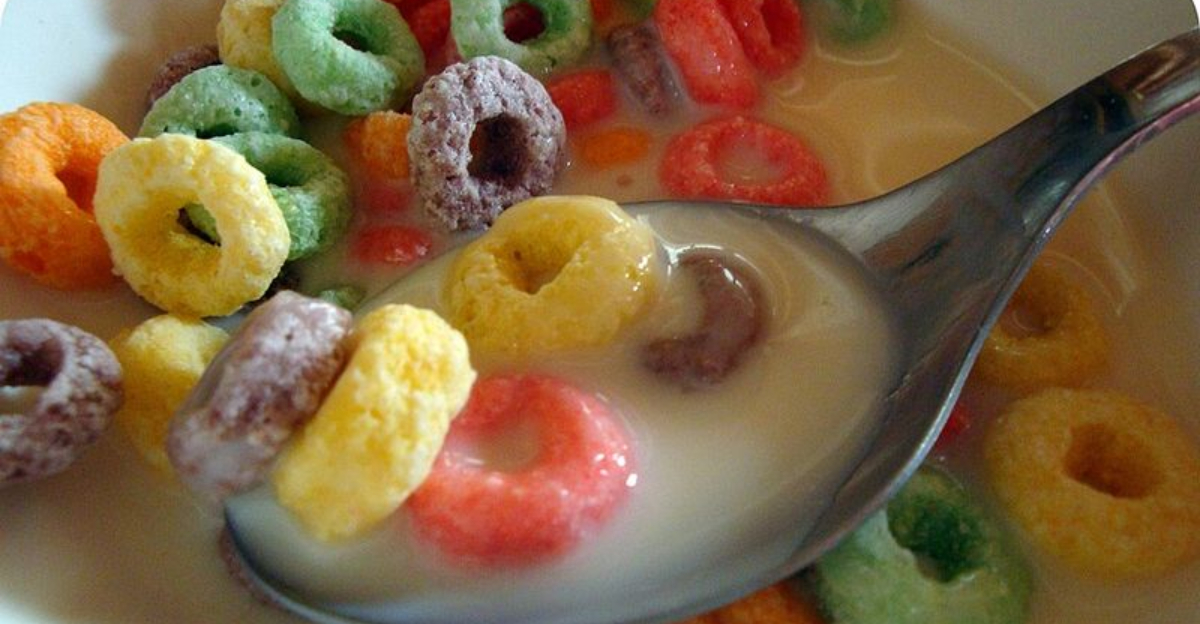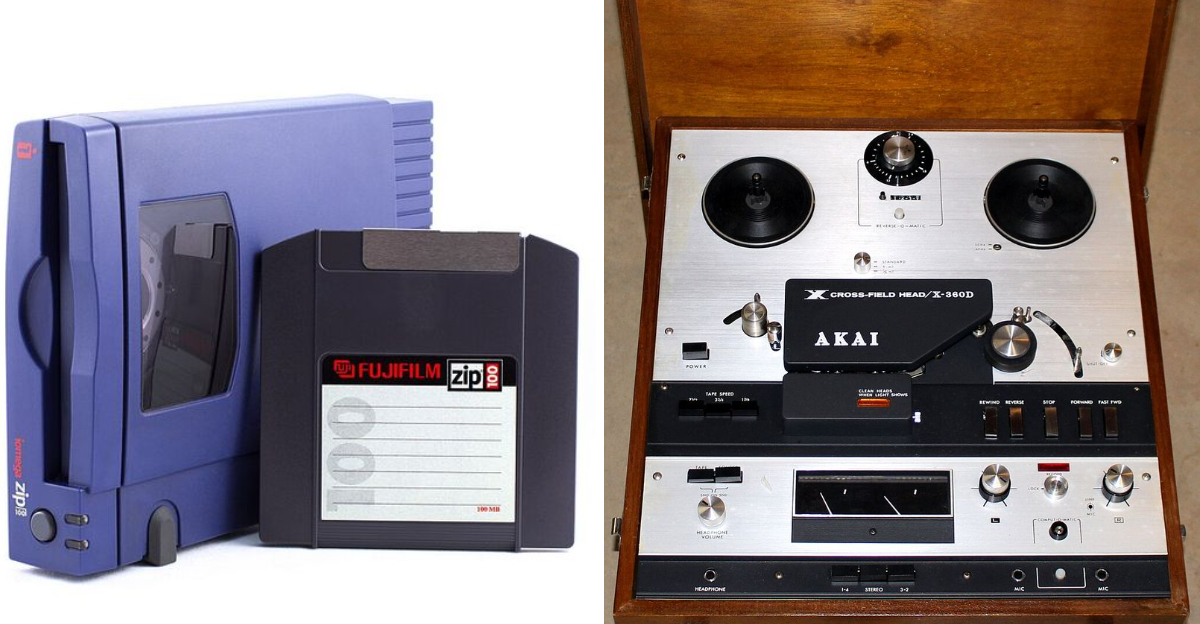10 Mall Food Spots That Completely Disappeared
Remember when mall food courts were packed with choices beyond the usual suspects?
Back in the day, shopping centers featured unique restaurants and quick-service spots that served up everything from automat sandwiches to beer-steamed hot dogs.
Most of these beloved eateries have vanished completely, leaving behind only nostalgic memories and the occasional faded menu sign.
1. York Steak House
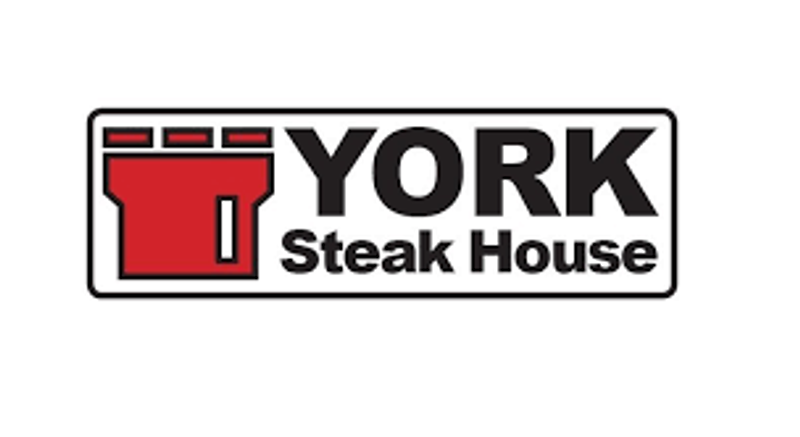
Before food courts dominated, York Steak House anchored mall dining with cafeteria-style service and actual tablecloths.
Families lined up with trays, loading up on affordable steaks, baked potatoes, and unlimited salad bar trips.
At its peak, over 200 locations filled shopping centers nationwide.
Competition from faster chains eventually killed off every single location by the early 1990s.
2. Horn & Hardart Automat
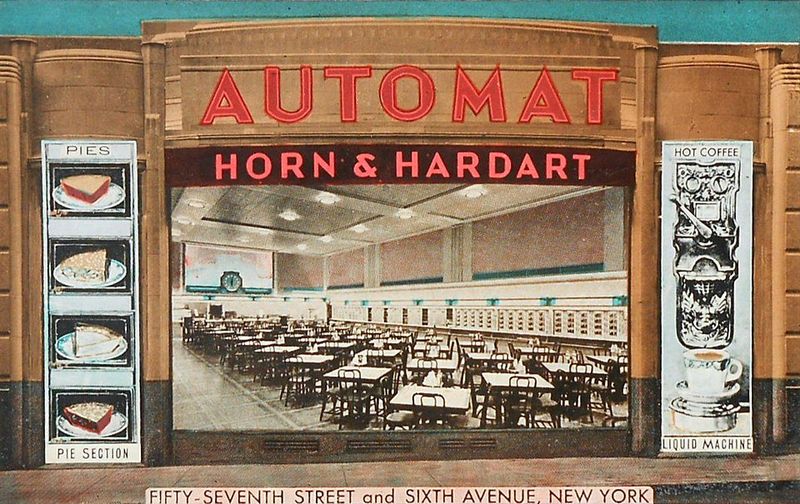
Imagine feeding coins into a wall of tiny glass doors to retrieve your lunch – that was the Automat experience.
Horn & Hardart brought their famous vending-style service to mall locations, offering sandwiches, pies, and hot dishes from gleaming chrome compartments.
The novelty wore thin as fresher fast-food options multiplied.
Every mall unit eventually closed, ending an era of automated dining.
3. Lum’s
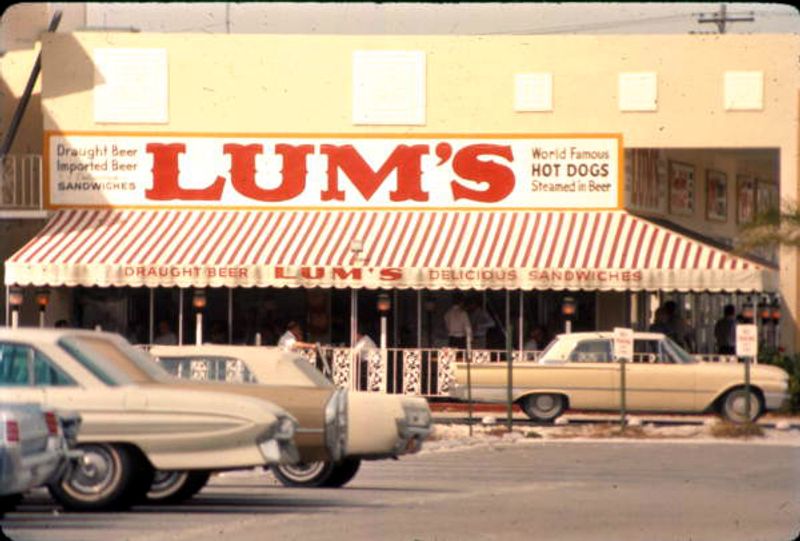
Beer-steamed hot dogs sound weird until you taste one, and Lum’s built an entire empire on that concept.
Their mall locations brought the signature franks to shoppers craving something different from standard food court fare.
Founder Clifford Perlman sold to KFC’s parent company, which promptly ran the brand into the ground.
By 1983, Lum’s had completely vanished from American malls.
4. Kenny Rogers Roasters
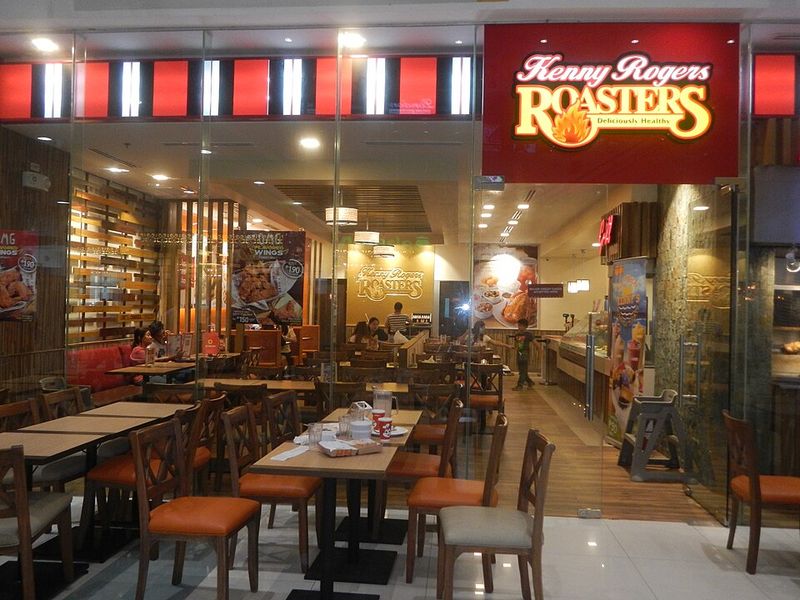
Yes, that Kenny Rogers – the country music legend actually co-founded a rotisserie chicken chain in 1991.
Mall locations featured wood-fired rotisseries spinning juicy birds right where shoppers could watch and drool.
The concept boomed initially but couldn’t sustain momentum in the crowded chicken market.
All U.S. locations shuttered by the early 2000s, though international outposts still operate today.
5. D’Lites

Way ahead of its time, D’Lites specialized in lower-calorie fast food when most Americans still worshiped at the altar of Big Macs.
Their mall counters served multigrain buns, lean burgers, and baked potatoes to the aerobics-obsessed 1980s crowd.
Turns out people preferred talking about eating healthy over actually doing it.
The chain collapsed in 1987, proving healthy fast food was decades premature.
6. Magic Pan Crêpe Stand

Watching a chef swirl batter into paper-thin crêpes right in the middle of a mall felt impossibly sophisticated. Magic Pan’s counter versions brought French flair to food courts, serving both savory and sweet filled crêpes.
The full-service Magic Pan restaurants survived longer, but these express stands couldn’t compete with faster options.
Every mall crêpe stand eventually folded, ending the experiment in upscale food court dining.
7. Gino’s Hamburgers
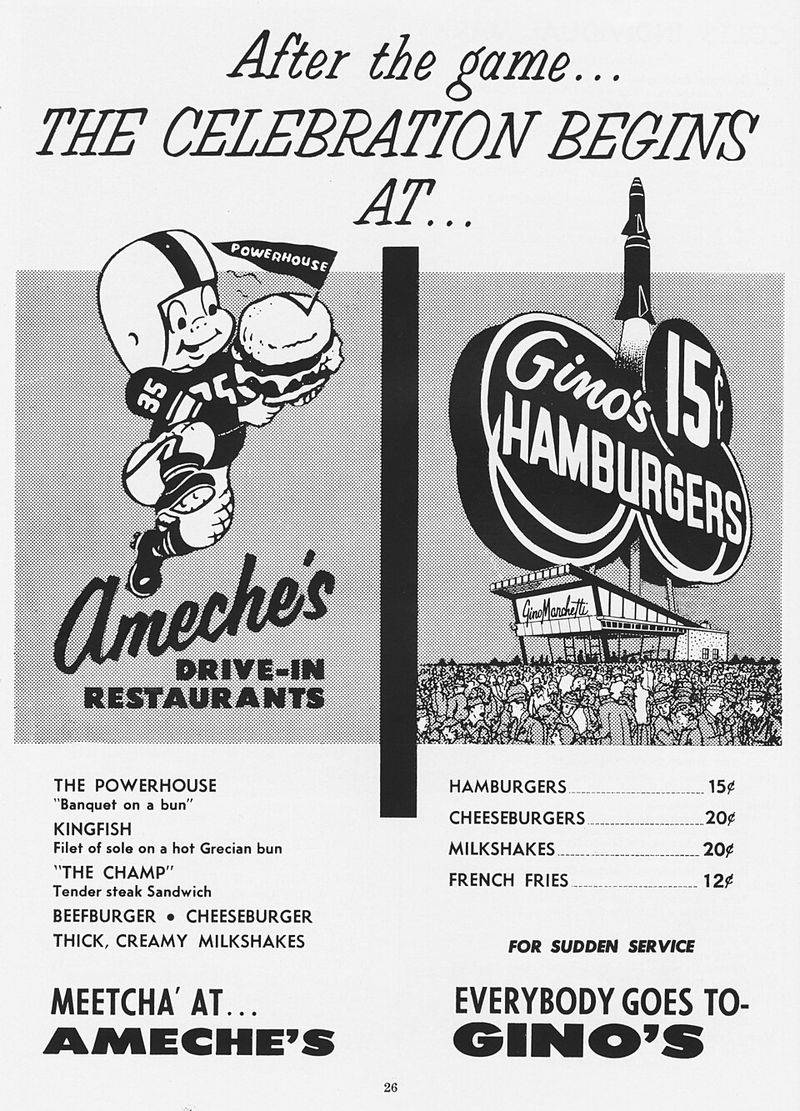
NFL legend Gino Marchetti quarterbacked this burger and pizza chain into hundreds of locations, including prime mall real estate.
The orange-striped restaurants served burgers alongside spaghetti and pizza – a combo that somehow worked in the 1960s and 70s.
Marriott bought the chain in 1982 and converted everything to Roy Rogers.
Gino’s disappeared completely, though recent revival attempts have sprouted in Baltimore.
8. Burger Chef

Once a legitimate McDonald’s competitor, Burger Chef operated hundreds of locations including mall food court outposts. They actually invented the kids’ meal concept years before Happy Meals existed.
Corporate mismanagement and an infamous unsolved murder case damaged the brand irreparably.
Hardee’s purchased the struggling chain in 1982 and converted every location, erasing Burger Chef from existence completely.
9. Dairyland Restaurants
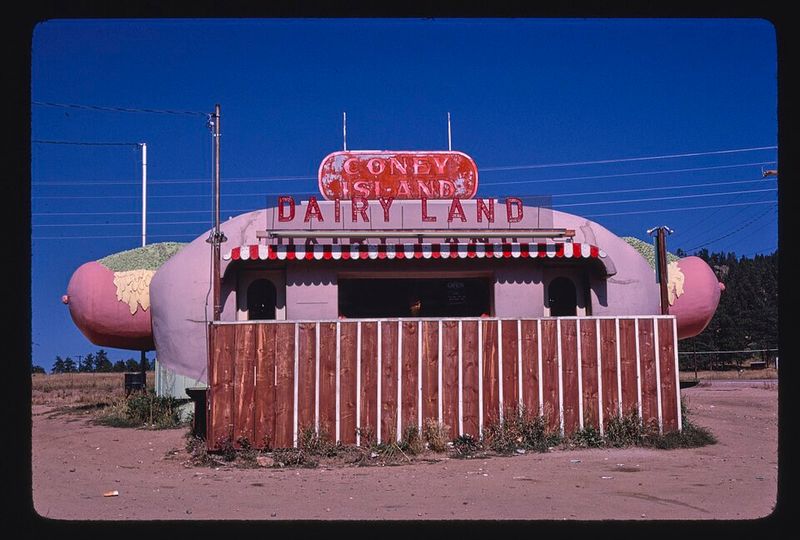
Dairy-focused restaurants sound niche, but Dairyland built a following with burgers, shakes, and ice cream sundaes served in mall locations. Think Friendly’s but with less name recognition and more regional loyalty.
The brand operated primarily in the Midwest, never achieving the expansion needed to survive long-term.
As shopping habits changed and malls declined, Dairyland quietly disappeared from the American restaurant landscape.
10. Hot Sam Pretzels
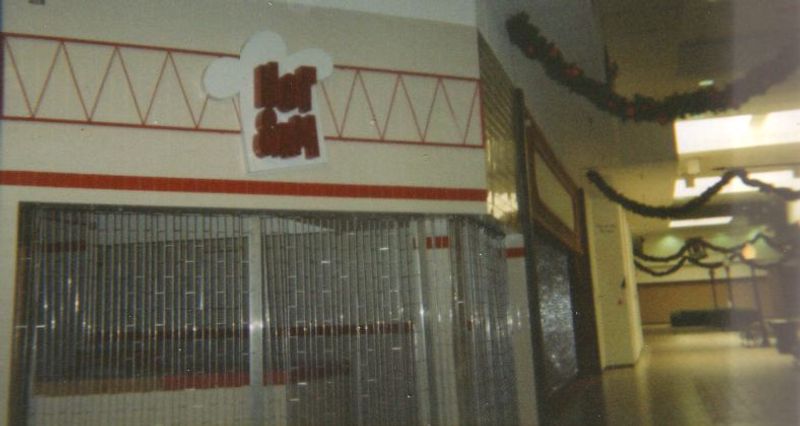
Before Auntie Anne’s monopolized mall pretzel real estate, Hot Sam dominated with fresh-baked soft pretzels and that irresistible buttery smell.
Their standalone kiosks anchored food court entrances, luring shoppers with warm dough twisted into perfect knots.
Corporate ownership changed hands repeatedly, diluting the brand identity.
Most locations eventually rebranded or closed as Auntie Anne’s aggressively expanded nationwide in the 1990s.

